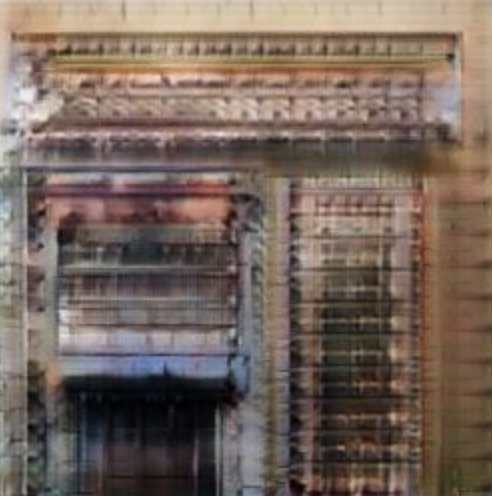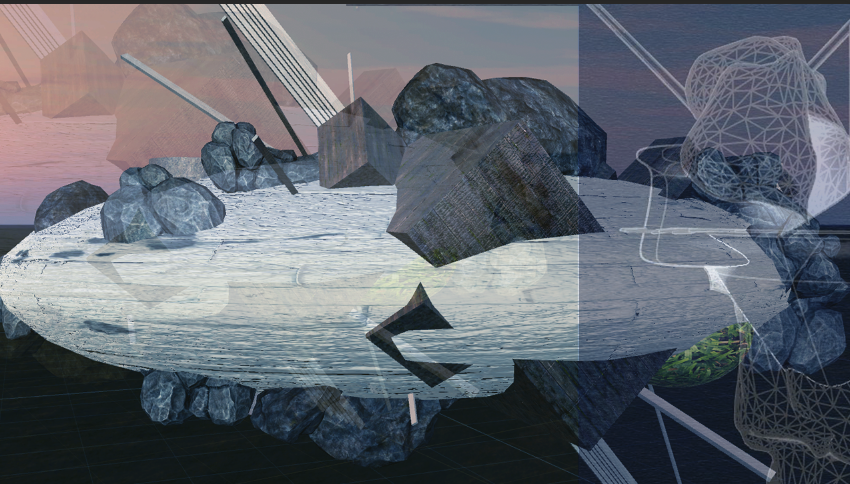Hallucinating City
- Ketan Chauhan

- Oct 2
- 1 min read
The Hallucinating City imagines a city rebuilt, conjured back into existence by strategically "hallucinating" forms from fragments of excavated media and metadata.

The project loosely based off of my personal story where she was once familiar with a building in the Czech city of Brno, but over time her familiarity with the structure began to fade. The recollected images seem absurd and abstract when isolated, but the series of the authors collected mental pictures from the fragments of the edifice are used to output a hallucination "completing" the building in its entirety.
Although machine learning tools investigated in this project are used for a speculative archeological reconstruction and utilize the aesthetics of hypergan image training, how can we fully complete images of what was lost with different variations of remembrance? The project explores the blurry line between nostalgia and AI hallucination, and the powerful, yet contentious role machine learning can play in materializing something tangible and concrete from transient and fragmented past.
How does machine learning interfere with remembering of architectural spaces from the past? With digital technologies being accessible, the "Digital Memory" becomes combined with how it is represented on various platforms. The overwhelming access to content becomes a new form of remembering, a kind of post post digital memory. Hypergan image training is first and foremost manually chosen by humans and the way we choose the images influences how the output is visualized. Through the selection of content and the creation of a dataset, as designers we are able to design what the output will be and furthermore how a place is represented.

















Comments